Ever watched your cat ignore that expensive feather wand you bought but go absolutely wild for a crumpled piece of paper? You’re witnessing something profound. Your cat’s toy preferences aren’t random quirks – they’re windows into their deepest instincts, personality traits, and emotional needs.
The way our feline companions interact with different objects tells a fascinating story about who they are beneath that aloof exterior. Some cats pounce on anything that moves, while others prefer quieter, more contemplative play. These choices reveal layers of personality that many cat owners never fully understand.
The Hunter’s Heart: What Prey-Driven Play Reveals
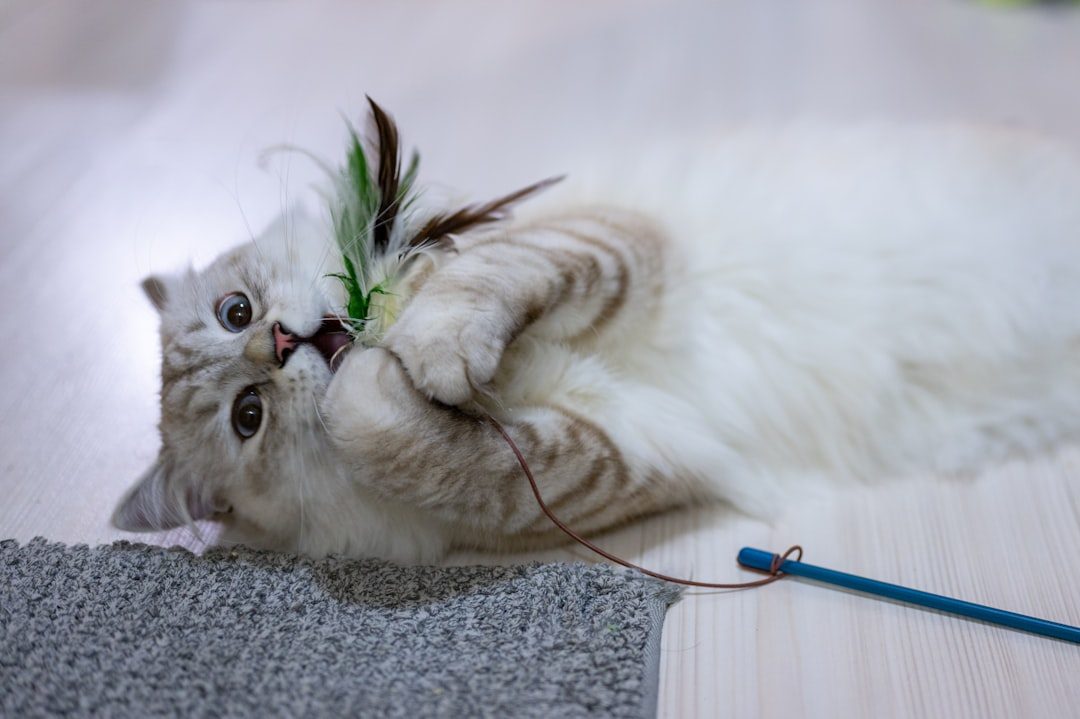
When your cat goes absolutely bonkers for feather toys or anything that mimics bird movement, you’re seeing their inner predator shine. Play behaviour includes throwing, chasing, biting, and capturing the toy object, mimicking behaviors used during an interaction with a real source of prey. Cats’ behaviors when playing are similar to hunting behaviors.
These cats typically have what experts call high predatory drive. They’re the ones who sit by windows watching birds for hours, their eyes dilated with excitement. The Hunter Cat expresses the most predatory hunting behavior by stalking and capturing prey. Indoor-only Hunter Cats will especially enjoy “hunting” inanimate objects like mice and feather toys. Their toy choices reflect an ancient calling that domestication hasn’t dulled.
The Textural Truth: What Material Preferences Mean
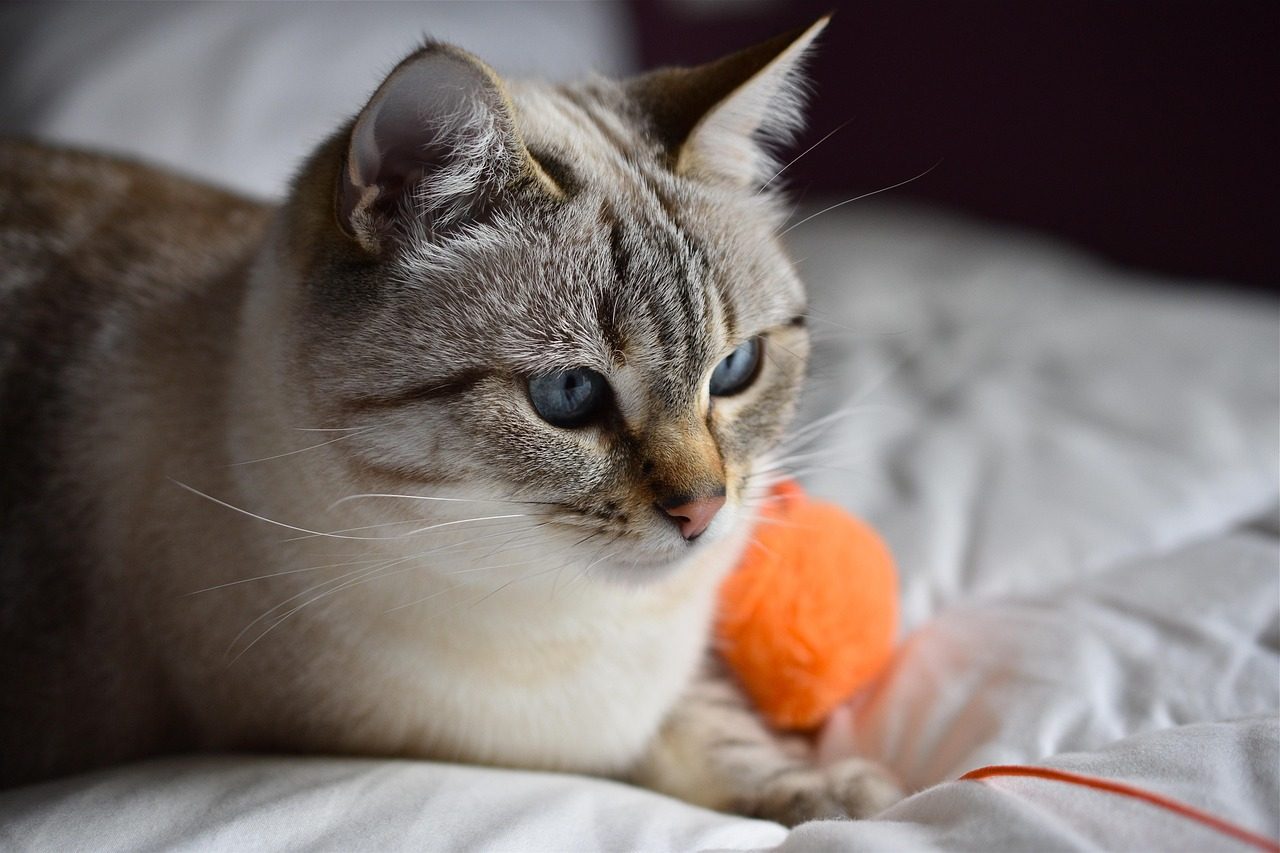
Does your cat have a thing for soft, plush toys they can sink their teeth into? Or do they prefer hard surfaces they can bat around? Your cat may have a texture preference and might prefer a soft toy he can sink his teeth into over a hard plastic toy. This reveals something deeper about their sensory world.
Cats who prefer soft textures often have stronger comfort-seeking behaviors. They’re likely the same cats who knead blankets and seek out cozy spots for naps. Meanwhile, cats drawn to harder toys often have more active, assertive personalities who enjoy the satisfying click and clatter of their “prey” hitting surfaces.
Sound Seekers vs. Silent Stalkers
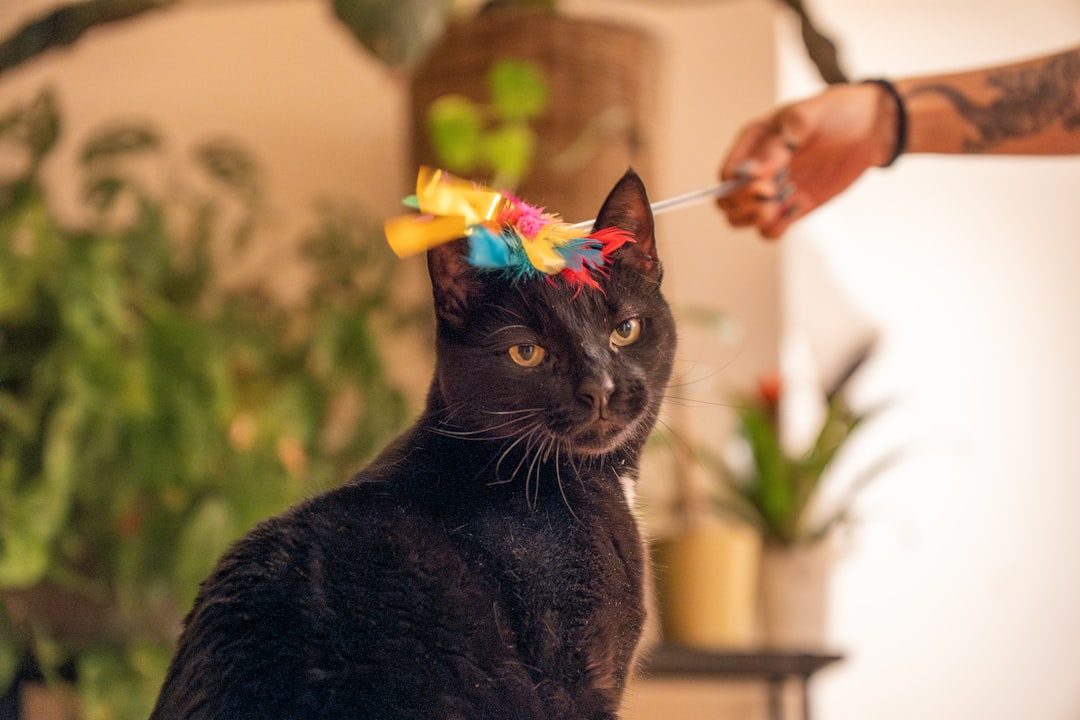
Sound also plays a part in whether your cat will enjoy or ignore the toy. Some cats go absolutely wild for toys that crinkle, rustle, or jingle, while others seem startled or disinterested by noisy playthings.
Cats who love noisy toys are often the confident, outgoing types. A toy that makes a rustling sound may be very appealing as it resembles the sound of a chipmunk or mouse darting through the leaves. They’re tuned into auditory hunting cues and aren’t easily overwhelmed by stimulation. Silent stalkers, however, often prefer stealth and may have more sensitive personalities that can be overstimulated by too much sensory input.
The Puzzle Solvers: Mental Stimulation Seekers

If your cat gravitates toward puzzle feeders, treat-dispensing toys, or complex interactive gadgets, you’ve got yourself a feline Einstein. Some cats may have a preference for toys that require strategy and thought, such as puzzle feeders that dispense treats when solved. Toys that challenge their problem-solving abilities, such as puzzle feeders, are instrumental in keeping their minds sharp and active.
These cats typically score high on curiosity and intelligence scales. They’re the ones who figure out how to open cabinet doors and always seem to be thinking three steps ahead. Their preference for mental challenges reveals a need for cognitive stimulation that goes beyond simple physical play.
The Social Butterflies: Interactive Play Lovers
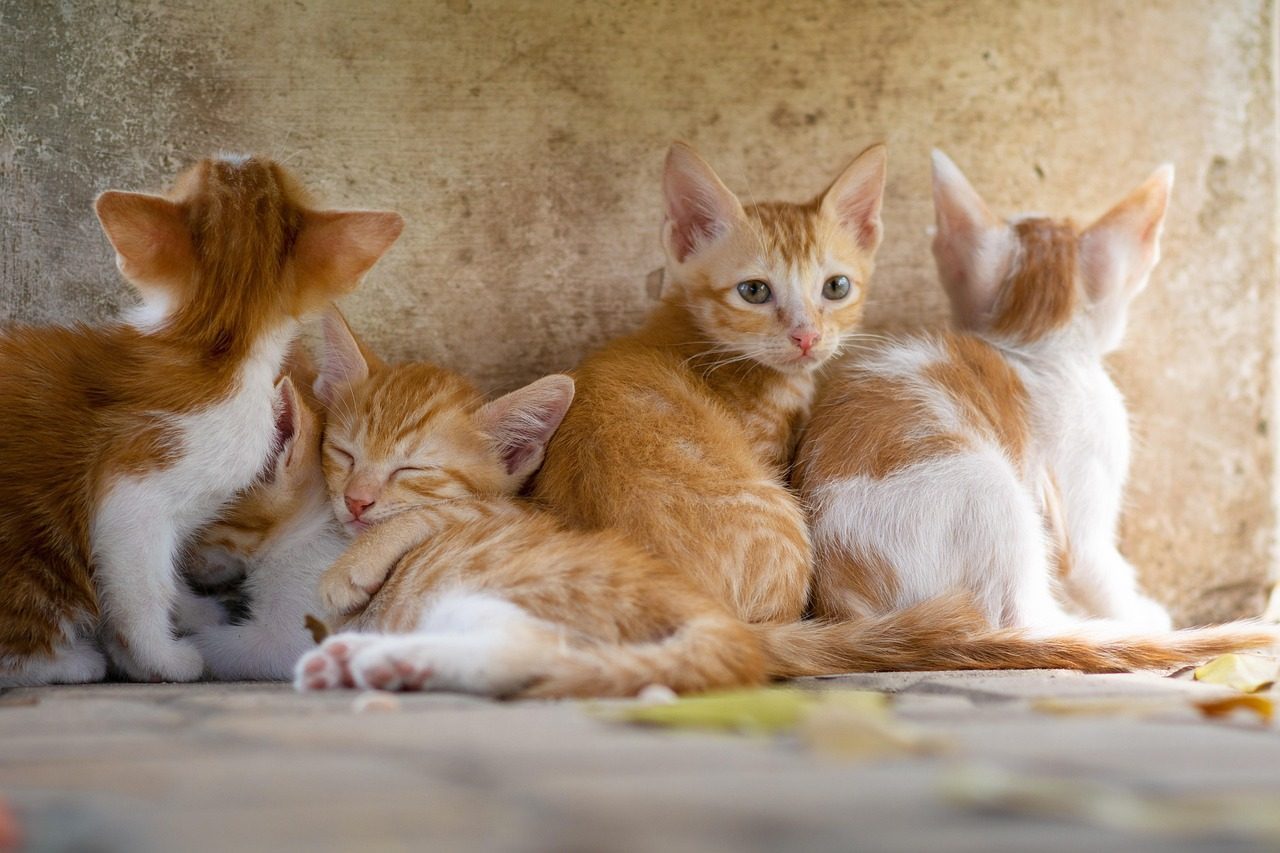
Some cats only come alive when their humans are actively involved in play. These are the wand toy enthusiasts who lose interest the moment you put the feather down. The majority of cats preferred human social interaction and food. This isn’t just about play – it’s about connection.
Interactive play lovers tend to be the most social and emotionally intelligent cats. They see play as a bonding ritual and may even bring their toys to their owners as gifts. When cats bring you their toys, this behavior may reflect various instincts, though researchers are still studying the exact motivations behind this conduct.
The Independent Spirits: Solo Play Preferences

On the flip side, cats who prefer solo toys – balls they can bat around alone, catnip mice they can carry and “kill” privately – are showing their independent streak. These cats value autonomy and often have what researchers call low social dependency.
They’re not antisocial, but they process their world differently. Solo players often have strong self-regulation skills and can entertain themselves for hours. They’re the cats who seem perfectly content whether you’re home or away, finding satisfaction in their own company and activities.
The Comfort Creatures: Soft and Cuddly Choices
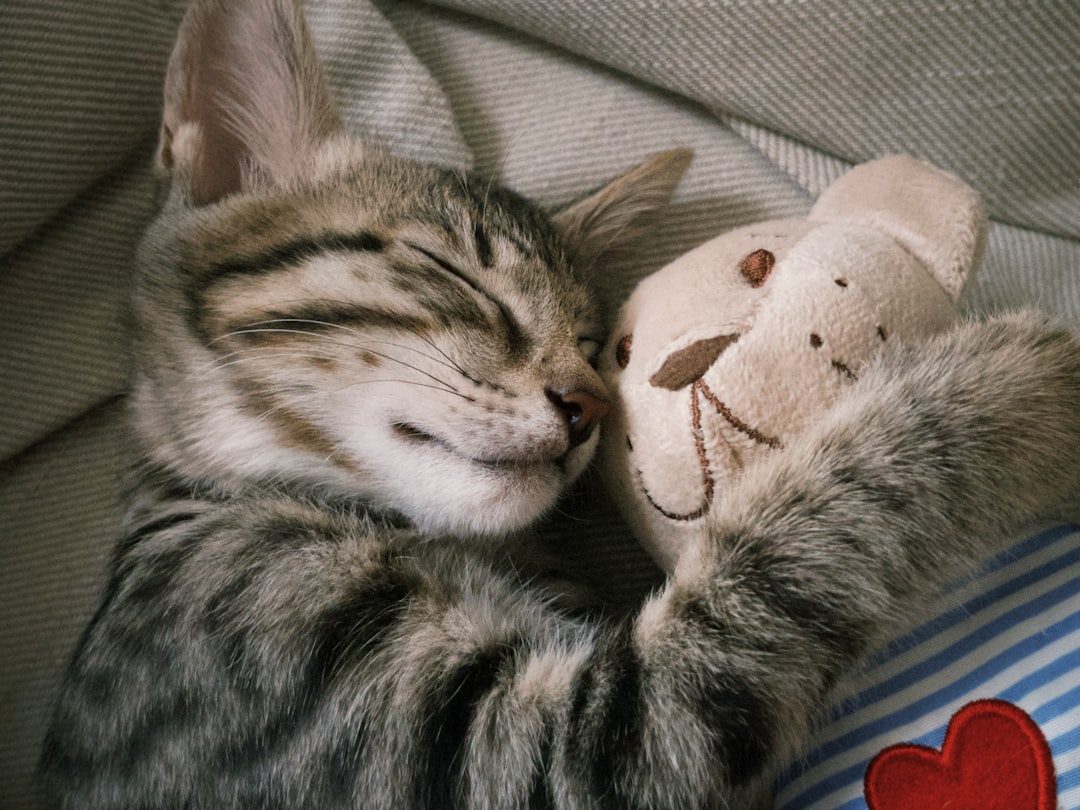
Cats who gravitate toward plush, cuddly toys often have high comfort-seeking behaviors. These are usually the same cats who love to snuggle, purr easily, and seek out warm spots. Their toy choices reflect a need for security and tactile comfort that goes beyond mere play.
This preference can indicate cats who had positive early socialization experiences or those who simply have naturally affectionate temperaments. They see their soft toys as comfort objects, much like a child’s favorite stuffed animal, and may even sleep with them or carry them around the house.
The Motion Addicts: High-Energy Play Patterns

If your cat goes absolutely crazy for laser pointers, motorized mice, or anything that moves unpredictably, you’re looking at a high-energy personality. They are always in search of a stimulating and engaging activity. They tend to have a nosy personality and investigate everyone and everything in their territory. However, they get bored quickly.
These cats need constant stimulation and can become destructive if their energy needs aren’t met. If cats are not adequately entertained, they may turn to destructive behaviors. Cat scratches and restlessness will indicate their boredom. Their toy preferences reveal a need for both physical and mental outlets that matches their high-drive personalities.
The Cautious Players: Gentle Interaction Preferences

Some cats prefer toys they can approach on their own terms – no sudden movements, no surprises. These cautious players often gravitate toward stationary toys they can investigate thoroughly before engaging. This reveals personalities that are thoughtful, careful, and possibly more sensitive to environmental changes.
Cautious players often prefer controlled environments and may be more sensitive to environmental changes, reflecting their careful approach to new situations. Their toy choices reflect a need for predictability and security in their play experiences.
The Collectors: Hoarding and Treasure Behaviors

Ever notice some cats have “favorite” toys they carry around, hide, or collect in special spots? This behavior reveals deep emotional attachment and territorial instincts. These cats often assign special meaning to certain objects and may become distressed if their treasures are moved or lost.
Collectors tend to have strong memories and emotional intelligence. They’re often the cats who remember where everything belongs in the house and notice immediately when something changes. Their attachment to specific toys shows they’re capable of forming complex emotional relationships with inanimate objects, suggesting rich inner lives.
Your cat’s toy preferences are like a personality test written in pounces, purrs, and play sessions. Whether they’re feather fanatics, puzzle masters, or comfort seekers, these choices reveal the unique individual living in that furry body. Understanding these preferences isn’t just about buying better toys – it’s about connecting with the complex, fascinating creature sharing your home. What secrets do your cat’s favorite playthings reveal about their hidden world?





